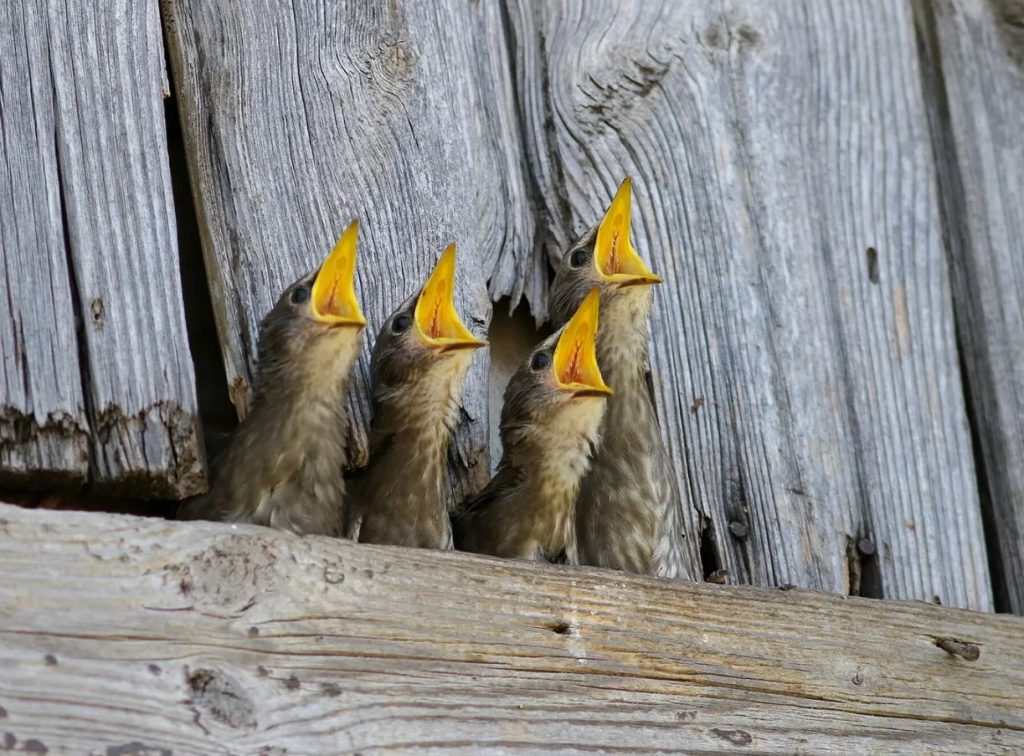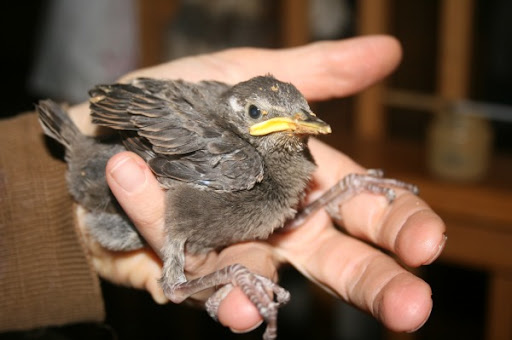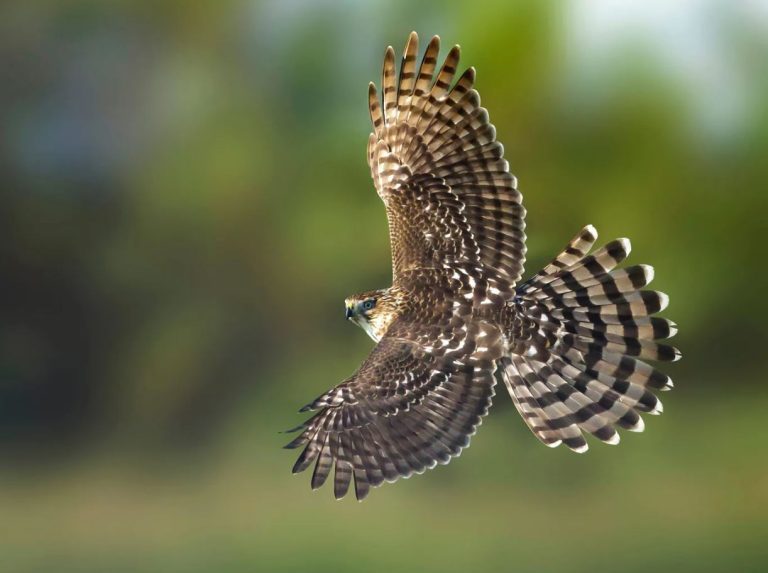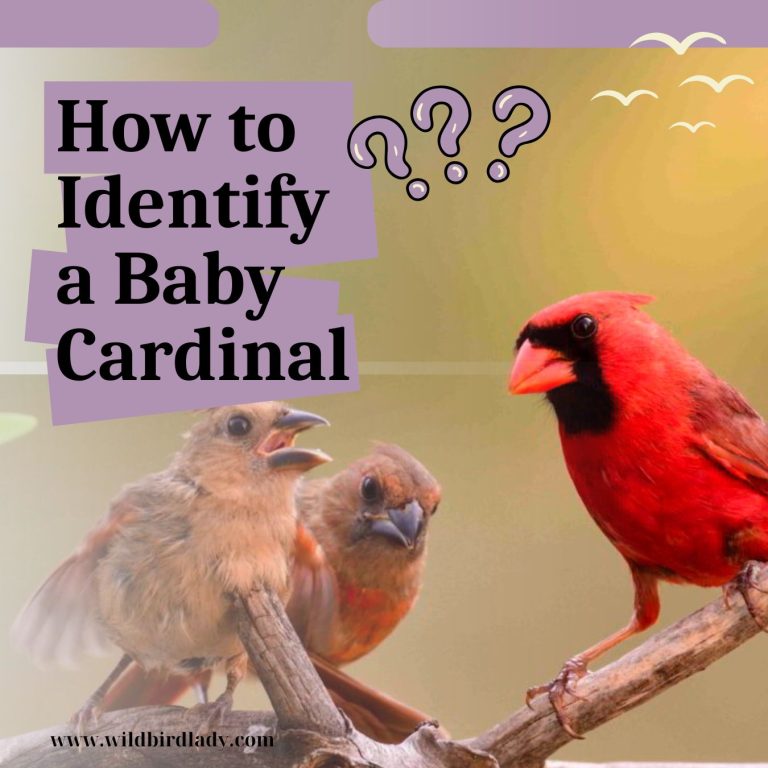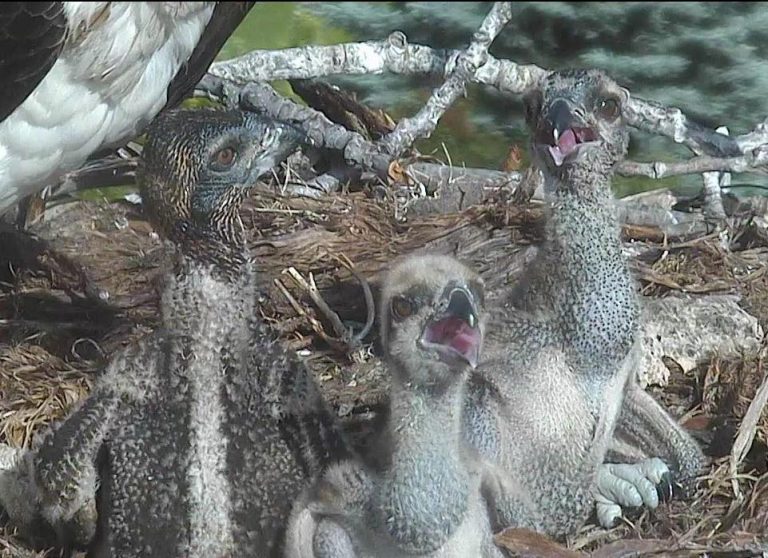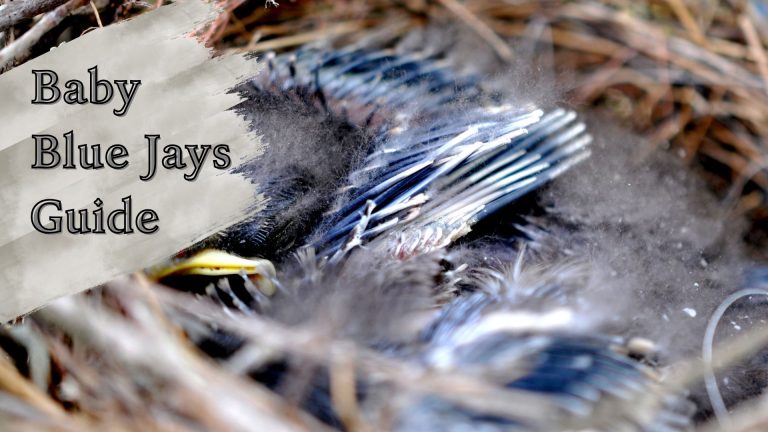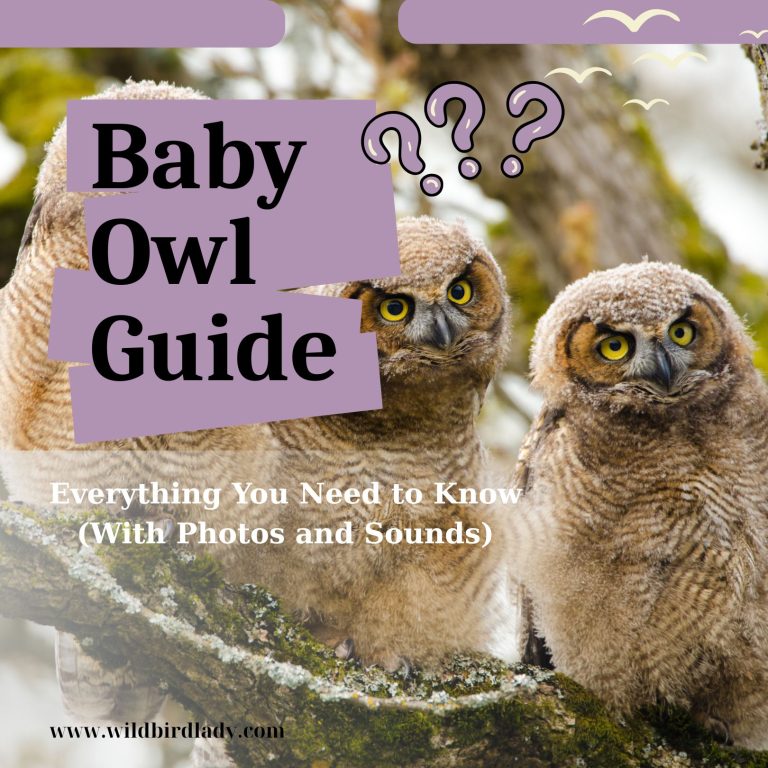Baby Starlings: Everything You Need to Know About These Young Songbirds
By Rifat Ahmed, Birdwatching Enthusiast with 13 Years of Experience
Baby starlings—those tiny, feathered wonders—are some of the most fascinating songbirds in North America and Europe. With their raspy cries, rapid development, and remarkable mimicry abilities, starling babies (also known as fledgling starlings or juvenile starlings) go through an intense journey from helpless hatchlings to dazzling, vocal adults.
In this comprehensive guide, I’ll walk you through everything I’ve learned over the past 13 years of birdwatching about baby starlings—from nesting to fledging, from what they eat to how to help them if you find one on the ground. Whether you’re a backyard birder or simply curious about these intelligent birds, this article has the answers you’re looking for.
What Is a Baby Starling Called?
A baby starling is typically called a starling chick or nestling when newly hatched. Once it grows feathers and leaves the nest, it’s referred to as a fledgling starling or juvenile starling.
These terms help describe the different stages of development:
- Nestling: A very young bird still dependent on the nest.
- Fledgling: A young starling that has left the nest but still relies on its parents for food.
- Juvenile: A starling that is independent but not yet fully mature or in adult plumage.
What Do Baby Starlings Look Like?
Baby starlings are born naked, blind, and entirely dependent on their parents. As they grow, their appearance changes dramatically:
Nestling Stage (0–12 Days):
- Skin is pinkish-gray with sparse down.
- Eyes remain closed for the first 5 days.
- Heads are disproportionately large compared to their bodies.
Fledgling Stage (12–21 Days):
- Covered in soft brown-gray feathers.
- Short tail and stubby wings.
- Yellow gape (the area at the base of the beak) is very visible, a cue for parents to feed them.
Juvenile Stage (3–12 Weeks):
- Soft, drab brown plumage without the glossy iridescence of adults.
- Dark eyes and a darker beak than adults.
- They often beg for food with high-pitched calls and fluffed feathers.
According to the Cornell Lab of Ornithology, juveniles are distinguishable from adults by their lack of sheen and spotted plumage.
Where Do Baby Starlings Come From? Nesting Habits Explained
Starlings are cavity-nesting birds. They commonly use tree holes, building crevices, vents, and nest boxes.
Nesting Facts:
- Breeding season: Early spring to mid-summer (March to July).
- Clutch size: 4–6 eggs per brood.
- Eggs: Pale blue, oval-shaped.
- Incubation period: ~12 days.
- Nestling period: 20–22 days before fledging.
Both the male and female starlings share parenting duties, from incubating the eggs to feeding the young.
I’ve observed starling parents make hundreds of trips per day to bring food—worms, caterpillars, beetles—to their ever-hungry chicks. Their dedication is truly remarkable.
How Fast Do Baby Starlings Grow?
One of the most surprising things about starling baby birds is how quickly they develop. In less than three weeks, they go from featherless hatchlings to competent fledglings flapping their wings and learning to forage.
Growth Timeline:
| Age (Days) | Development Milestones |
|---|---|
| 0–3 | Eyes closed, no feathers |
| 4–7 | Eyes begin to open, pin feathers appear |
| 8–12 | Feathers grow rapidly, wing flapping starts |
| 13–21 | Full feathering, pre-fledging exercises |
| 20+ | Fledge (leave the nest), start exploring nearby branches |
After fledging, juvenile starlings remain under parental care for about another week or two. During this period, they are still learning to find food, avoid predators, and develop flight strength.
What Do Baby Starlings Eat?
In the wild, starling parents feed their young a protein-rich diet to ensure rapid growth. This includes:
- Insects (especially caterpillars, flies, and beetles)
- Earthworms
- Spiders
- Occasionally soft fruits
According to All About Birds, starlings are omnivorous but switch to an insect-heavy diet during the breeding season to meet the protein needs of their growing chicks.
If you are caring for an orphaned baby starling (check your local wildlife laws first), a soft insect-based diet such as soaked cat food, mealworms, or specialized bird formula may be recommended.
Never feed baby starlings:
- Milk (birds cannot digest lactose)
- Bread (empty calories, no nutrition)
- Dry grains or seeds (choking hazard and inappropriate for their age)
When Do Baby Starlings Fledge?
Most starlings fledge around day 21 after hatching. At this stage, they leave the nest and begin life as fledgling starlings.
It’s common to find fledglings on the ground, hopping or fluttering awkwardly. This stage is crucial for learning survival skills like:
- Flying
- Foraging for insects
- Communicating with the flock
- Avoiding predators
During my birdwatching outings, I’ve seen fledgling starlings in parks, gardens, and fields—always followed closely by their vigilant parents.
If you find one, do not automatically assume it’s abandoned—the parents are often nearby. Only intervene if the fledgling is injured or in immediate danger (e.g., from cats, cars, or harsh weather).
How Long Do Juvenile Starlings Stay With Their Parents?
Fledglings typically stay close to their parents for 1–2 weeks post-fledging. During this time:
- Parents continue to feed them.
- They learn to forage by imitation.
- Social skills begin to develop within small family flocks.
By the age of 5–6 weeks, most juvenile starlings are independent. They begin to integrate into larger flocks, often joining communal roosts with hundreds or even thousands of other starlings.
Baby Starling Vocalization: Learning to Sing
Starlings are exceptional mimics, capable of imitating other birds and even mechanical sounds. Baby starlings begin vocalizing while still in the nest, producing high-pitched begging calls.
By the juvenile stage, they start experimenting with whistles, clicks, and mimicry. This is the foundation for the elaborate vocal repertoire of adult starlings.
According to studies cited by All About Birds, starlings go through a “song-learning window” similar to how humans learn language. Social exposure is critical during this period.
How to Help a Baby Starling (What to Do and What Not to Do)
Finding a baby starling on the ground can be alarming, but your response can make a crucial difference in its survival. Having observed dozens of fledgling starlings during my 13 years of birdwatching, I’ve learned that the best help we can offer often starts with restraint and understanding.
1. Assess the Situation Carefully
First, observe the bird without touching it. Is it fully feathered and alert, hopping or fluttering but not flying confidently? If so, you’re likely looking at a fledgling. Fledglings are in a transitional stage—they’ve left the nest but are still learning to fly and forage. It’s perfectly normal for them to spend time on the ground under the watchful eye of their parents.
In this case, do not pick it up or move it unless it’s in immediate danger (e.g., in the middle of a road or near a predator). Watch from a distance—chances are the parents are nearby, bringing food and encouraging flight practice.
If the bird is unfeathered or has very few feathers, it is a nestling, and likely fell or was pushed from the nest. If you can locate the nest and it’s within reach, gently return the chick. Starlings do not reject their young due to human scent.
2. Avoid Feeding the Bird Unless You’re Trained
A common mistake is feeding baby birds with milk, bread, or grains—all of which can be fatal. Baby starlings require a specific high-protein diet, usually consisting of insects and soft-bodied invertebrates.
If you feel compelled to help, contact a licensed wildlife rehabilitator first. Many regions have hotlines or directories that can direct you to a local expert. Improper feeding can cause long-term damage to the bird’s health and development.
3. Provide Temporary Shelter Only When Necessary
If the weather is harsh or predators are present, and there’s no visible nest, you may temporarily shelter the baby starling indoors. Use a ventilated cardboard box lined with soft tissue or cloth. Avoid towels, as small claws can get tangled. Keep the box warm (around 85–90°F or 29–32°C) by placing a heating pad underneath or a warm water bottle wrapped in cloth.
Do not handle the bird excessively. Keep it in a quiet, dark space to reduce stress until you can hand it over to a rehabilitator.
4. Do Not Attempt to Raise It Yourself (Unless Licensed)
Even though European Starlings are not protected under the Migratory Bird Treaty Act in the U.S., raising a wild bird without experience can do more harm than good. Improper rearing can lead to:
- Nutritional deficiencies
- Imprinting on humans
- Inability to survive in the wild
Unless you’re a licensed wildlife rehabilitator, the best course of action is to ensure the chick’s safety and contact professionals who can care for and eventually release it into the wild.
In short, the most important things you can do for a baby starling are: observe, protect, avoid unnecessary intervention, and contact the experts. Sometimes the kindest thing is simply letting nature take its course—unless your help is truly needed.
Are Starlings Good Parents?
Despite their sometimes negative reputation as invasive species (especially the European Starling in North America), starlings are attentive, hard-working parents.
They:
- Feed their chicks hundreds of times a day.
- Defend the nest aggressively from predators.
- Teach fledglings vital skills for survival.
Their parenting success contributes to their rapid population growth across continents.
Frequently Asked Questions
Do starling babies imprint on humans?
Yes. Like many birds, if raised by humans, starling chicks can become imprinted. This may lead to dependency, which is why only licensed rehabbers should raise them.
How can I tell if a starling is a juvenile?
Look for dull brown plumage, shorter tails, and persistent begging behavior. Juveniles often travel in small groups and practice short flights.
Do baby starlings return to the nest?
Once fledged, baby starlings rarely return to the nest. They quickly adapt to life outside and begin foraging with parents or in flocks.
Conclusion: Why Baby Starlings Are Worth Watching
Baby starlings may not have the vibrant feathers of parrots or the majestic grace of hawks, but they are endlessly fascinating. From their rapid growth to their mimicry skills, they embody the intelligence and adaptability that define the starling family.
If you spot a fledgling in your yard or a juvenile in a city park, take a moment to appreciate their journey. These starling baby birds represent not just the next generation of songbirds—but also one of nature’s most impressive life transformations.


